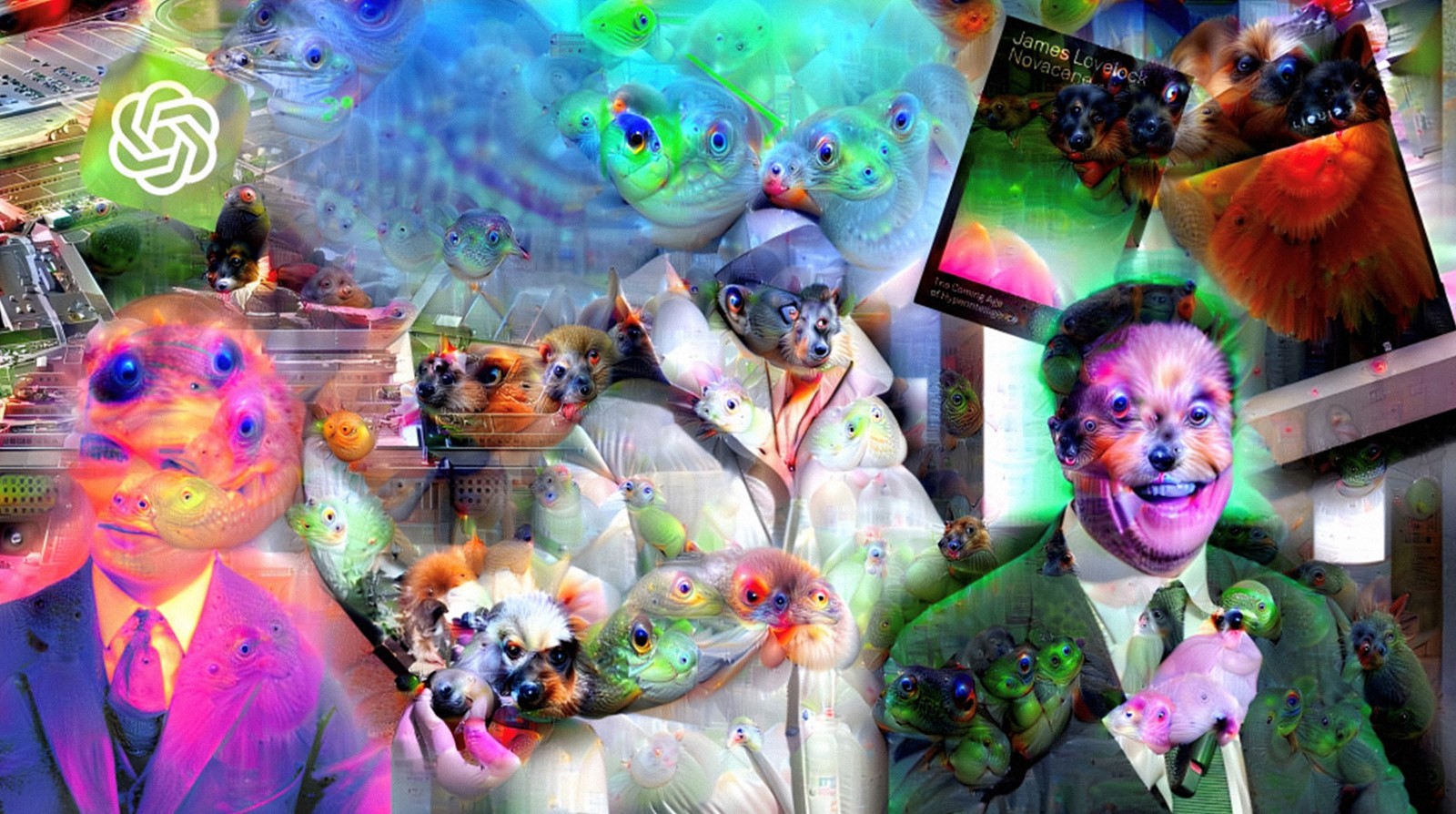Today’s digitally enhanced psychedelia doesn’t come in tie dye and DMT trips, but sleek datastreams that pave new reality-bending roads to enchantment
In the 1960s, a scientist named John Lilly began experimenting with isolation tanks in the hopes of finding a higher consciousness. Each day he would take LSD or ketamine and spend hours floating inside his saltwater container, immersing himself in a psychedelic hyperspace that allowed him to see the world in an altered state, beyond the confines of the everyday. It’s here that Lilly developed the mantra of “self-programming”: the belief that the human mind can be rewired to simulate any reality – a biocomputer capable of cracking its code to reveal unknown truths.
Despite several near-death experiences, we can learn a lot from Lilly’s trips into deep-space psychedelia. In particular how the mind is made up of reality tunnels: the idea that we subconsciously choose what information to feed into our brains, while other signals are simply ignored, usually the ones that don’t reinforce our worldview. Half a century on, we find ourselves entering a new psychedelic age, one fuelled not by drugs, but technology. As information bombards our brains online, the reality tunnels we form grow increasingly thin and echo chamber-like. Yet the speed of technology advancing creates new reality-bending roads to enchantment; ways of reconnecting with the collective unconscious buried deep in the motherboard.
While logging onto social media obviously isn’t the same as dropping a tab of acid, the internet is innately psychedelic; it bends and distorts our perceptions of time and space, unlike anything that came before it. An extension of our own consciousness, social media has altered our states, carving out untrodden paths for new and imagined realities, while the algorithm guides us like an invisible hand. As consensus reality dissolves, we see fringe ideologies and conspiracy theories enter the mainstream. The Pentagon is investigating UFO sightings using AI-powered probes, while bug-eating conspiracies that originated on 4chan find new channels within international politics. The mainstreaming of AI pushes this unreality further, causing us to question even the most basic truths. Next thing, Donald Trump is arrested on the streets of New York and the Pope is dripped out in Moncler.
For many, this re-mystification is not only a symptom of our terminally online times, but a necessity. As technology advances, ideas that previously existed in the realm of sci-fi are no longer far-fetched. Serbian researchers are trialling liquid trees across big cities to tackle air pollution; a start-up has successfully used a PS5 controller to inject sperm into a womb (two baby girls have reportedly now been born from the process); and scientists in New Mexico are giving dead birds new life by strapping their taxidermied bodies onto drones (an innovation that has comically brought new meaning to the once-unlikely Birds Aren’t Real movement). The rules that once governed society have turned Frankenstein. Digesting the daily news cycle requires the same suspension of basic sense as conversing with Chat GPT or watching a deepfake. As sci-fi writer Arthur C Clarke puts it: “Any sufficiently advanced technology is indistinguishable from magic” – and he’s right.
Today’s digitally enhanced psychedelia doesn’t come in tie-dye and DMT trips, but in sleek datastreams. Like Lilly’s isolation tank, the results are still mind-altering, and at times unsettling. Chat GPT has passed the Turing test, previously thought to distinguish between man and machine; poetry written by such bots is unmistakably moving in an uncanny way, though less impressive is the algorithmic art and music we’re seeing at present. For the disenchanted, there’s a strange sense that we’re losing grip of the machines we built – it’s no longer unthinkable to imagine them becoming sentient, to go full-on hyperstition (when a speculative idea becomes a reality) and bring truth to the countless sci-fi films that predicted our hubris. Even Elon Musk and Steve Wozniak have called for a stop to the development of AI, though admittedly this probably has to do with financial gain, with Musk going as far as to liken AI to “summoning a devil”.
The future has always been a scary place. But this fear of the Big Unknown has become exacerbated by emerging technologies. The fear of machines taking over embedded into our cultural psyche, from early Christian anti-computer propaganda to The Matrix franchise; Alexander McQueen’s Savage Beauty show (when Shalom Harlow was spray-painted by a robot), and more satirical works by early net artists such as Ryan Trecartin, whose “I-Be Area” (2007) depicts the internet as a psychedelic alternate reality where cybernetic avatars run amok. But technology like AI isn’t an intentional trickster, or a god; its lies and deceptions are man-made, as are its data sets. While the fears surrounding AI are understandable, it also has the power to pull us out of our fixed mindsets and push us to question pre-held truths, opening up new doors of perception.

The existence of AI undermines the Enlightenment idea that God is the individual, instead posing a separate entity with its own individual goals. While this taps into our human desire for a higher power – there’s been a surge of AI-related religious cults in recent months – it’s also a representation of all the internet plugged into one single machine, like the human spirit in switchboard form. Within its data sets is a mycelial network of information that’s far more accessible and solid than any hallucinogen-induced dimension. There’s a strange beauty in that. That isn’t to say that we should upload our brains onto the net and go full-on cybernetic – submerging ourselves in the network feels selfish, anthropocenic even – but rather use this technology to reconnect with the world around us through a heightened awareness of nature and our surroundings – or, as cyberfeminist Donna Haraway says, “stay with the trouble”.
Just today, Geoffrey Hinton, dubbed the ‘godfather of AI’, has issued a warning about the technology he helped to create. While it’s not AI itself that’s harmful, “it is hard to see how you can prevent the bad actors from using it for bad things,” he told the New York Times. While the great tech race to the top of the AI ladder is inevitable, so is fearmongering, and there's an urgent need to reframe the way we look at the technology.
In his final book 2019’s Novacene, Gaia theorist James Lovelock predicts a not-so-distant future where artificial intelligence either works alongside, or entirely replaces, the role of humans as stewards on Earth. These aren’t sentient machines with visions of the cosmos, but hyper-intelligent systems that rely on the health of the planet as much as humans, who need organic life to keep the planet at a habitable temperature – we might even be happier, he notes. While the idea that we will be watched over by machines of loving grace is yet to be seen, AI art and music still has a long way to go before it generates works that are even remotely impressive, its role in broadening our mind’s horizon is an encouraging one to say the least.

